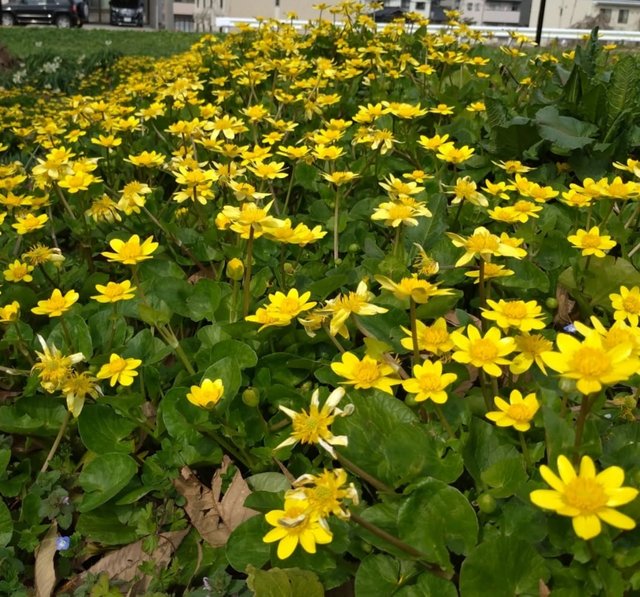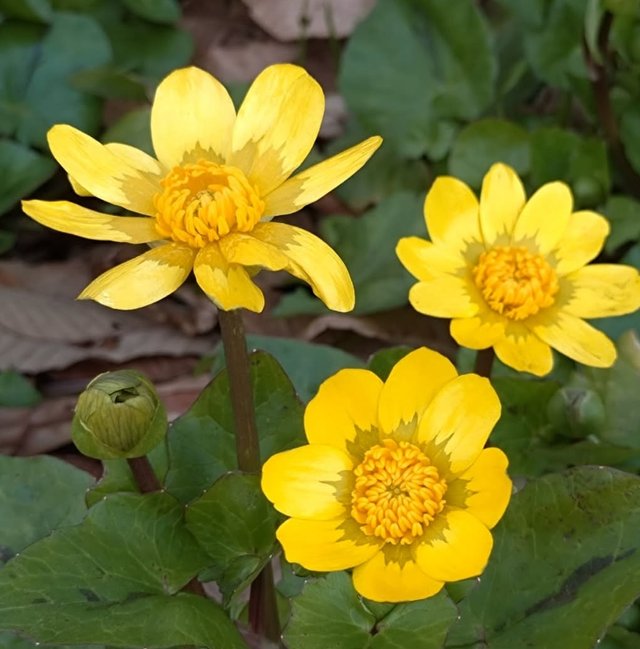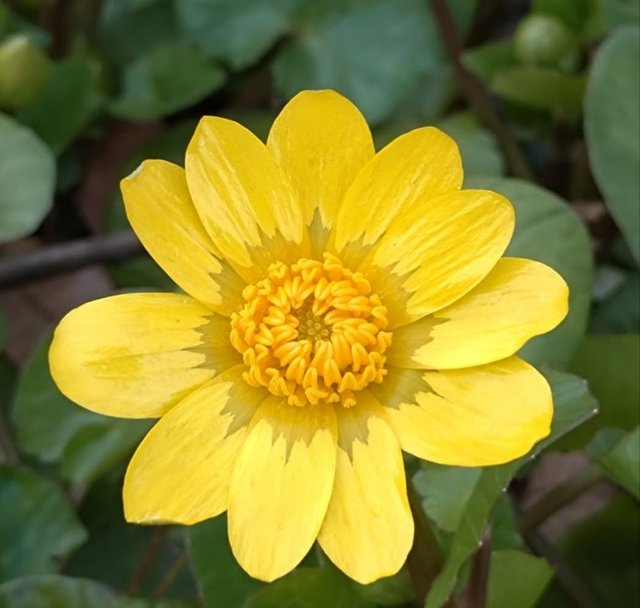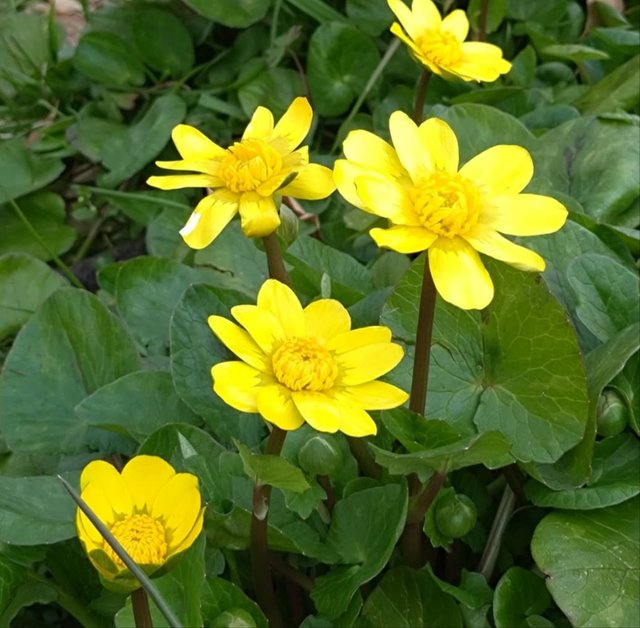So Beautiful Yellow Colour Marsh Marigold
Marsh Marigold: A Bright Jewel of Wetlands
The Marsh Marigold, also known by its scientific name Caltha palustris, is one of spring’s earliest and most cheerful wildflowers. Despite its name, it is not a true marigold but belongs to the buttercup family, Ranunculaceae. Found across the Northern Hemisphere in Europe, Asia, and North America, this hardy perennial thrives in wet, boggy areas like marshes, streambanks, and wet meadows—places where many plants struggle to survive.
A Striking Appearance
One of the most delightful things about the Marsh Marigold is its vibrant yellow flowers, which resemble oversized buttercups. Blooming as early as March or April, the blossoms can be seen before many trees have even leafed out. Each flower typically has 5 to 9 petal-like sepals, and their glossy, golden hue attracts early pollinators like bees and flies.
The foliage is equally lush, with large, rounded, heart-shaped leaves that are a deep, rich green. These leaves form attractive mounds, making the plant as decorative as it is wild. Marsh Marigolds can grow between 12 and 18 inches tall, and when grown in clusters, they light up entire patches of wetlands with their sunshine-yellow blooms.
Habitat and Growing Conditions
True to its name, the Marsh Marigold loves water. It grows best in wet, muddy soils and can even tolerate shallow standing water. It’s common to see them flourishing near slow-moving streams or ponds, where their roots can remain moist throughout the growing season. Because of their preference for saturated environments, Marsh Marigolds are an indicator species for wetland health—if you see them thriving, it usually means the ecosystem is in good shape.
In the garden, they can be a lovely addition to rain gardens or planted at the edge of water features. Gardeners should mimic their natural conditions with rich, moist soil and partial shade to full sun.
Ecological Importance
Marsh Marigolds play an important role in their ecosystems. As an early bloomer, they provide nectar and pollen for pollinators emerging from winter dormancy. Their presence helps support a complex web of life in wetland habitats, from insects to amphibians to birds.
They also contribute to the stabilization of wetland soils, helping to prevent erosion and filter excess nutrients from runoff, making them not only beautiful but functionally valuable in protecting water quality.




%20(7).jpeg)
Congratulations @sopmakhatun, your post was upvoted by @supportive.